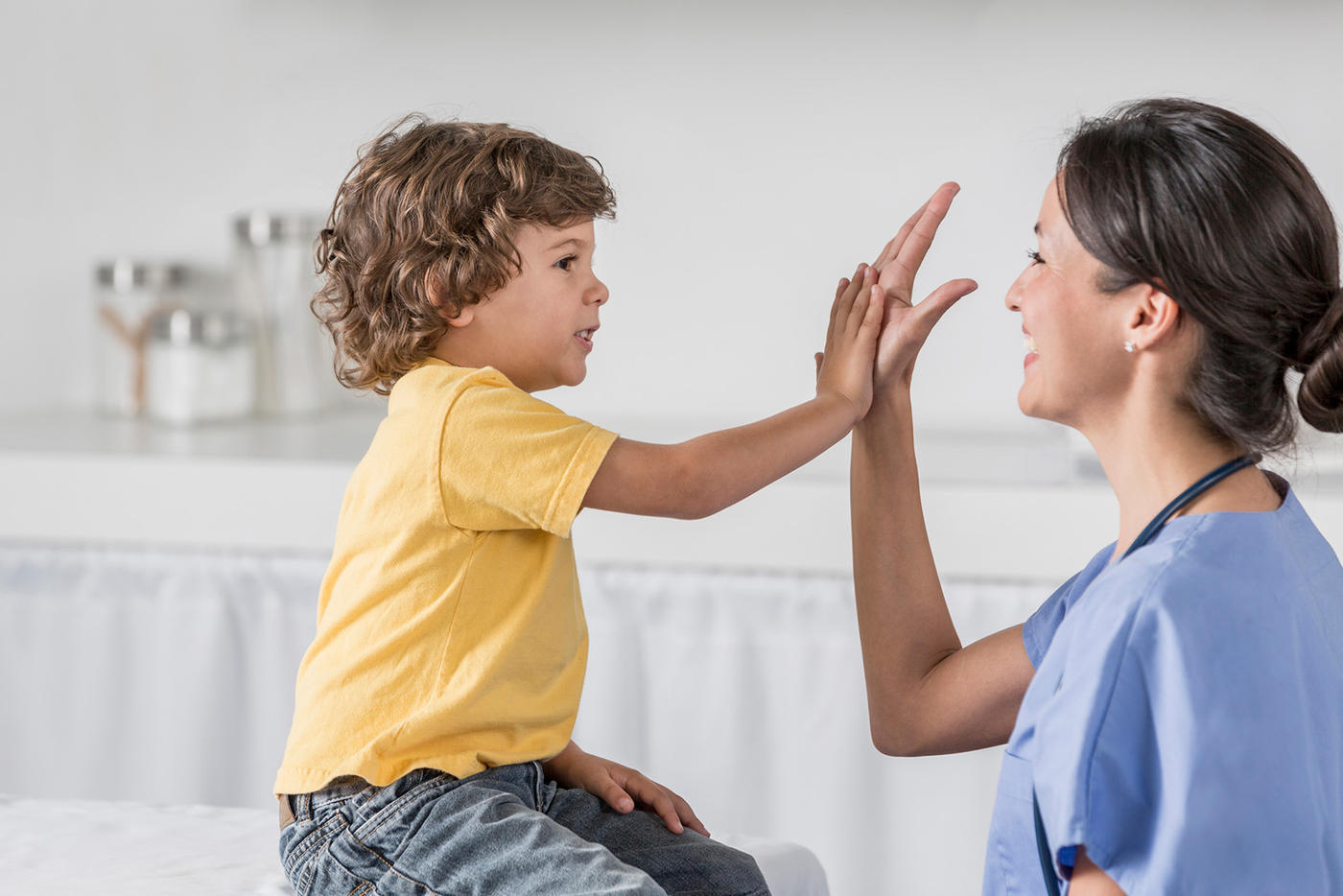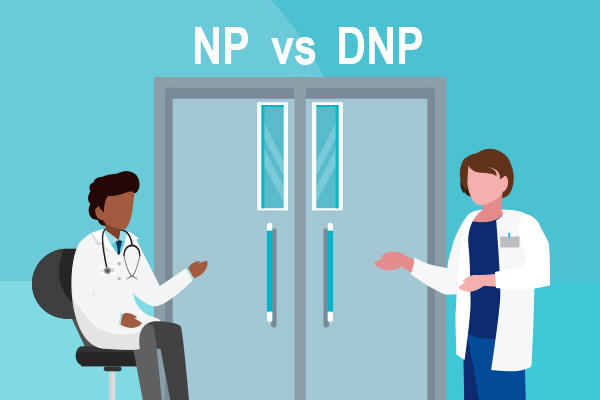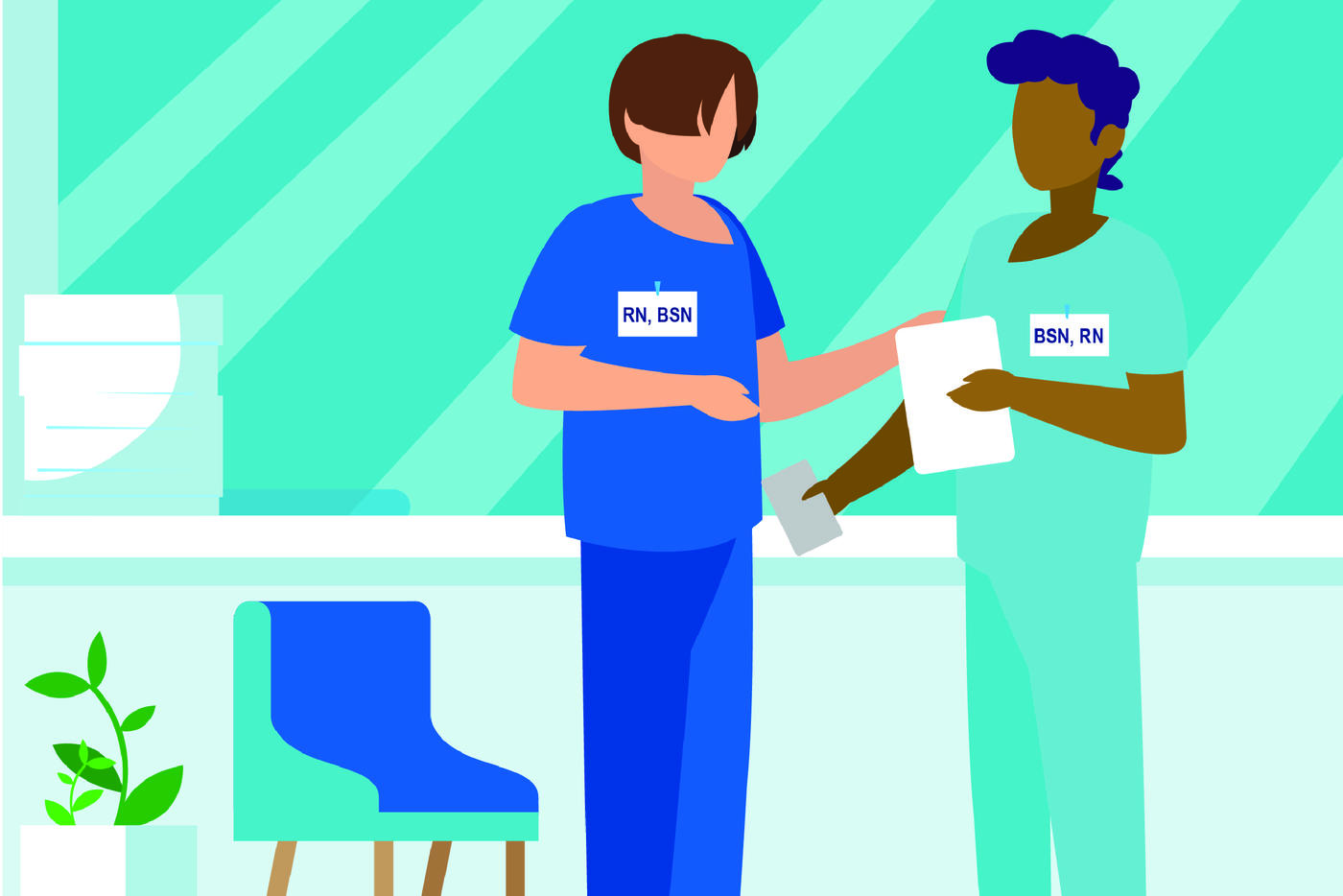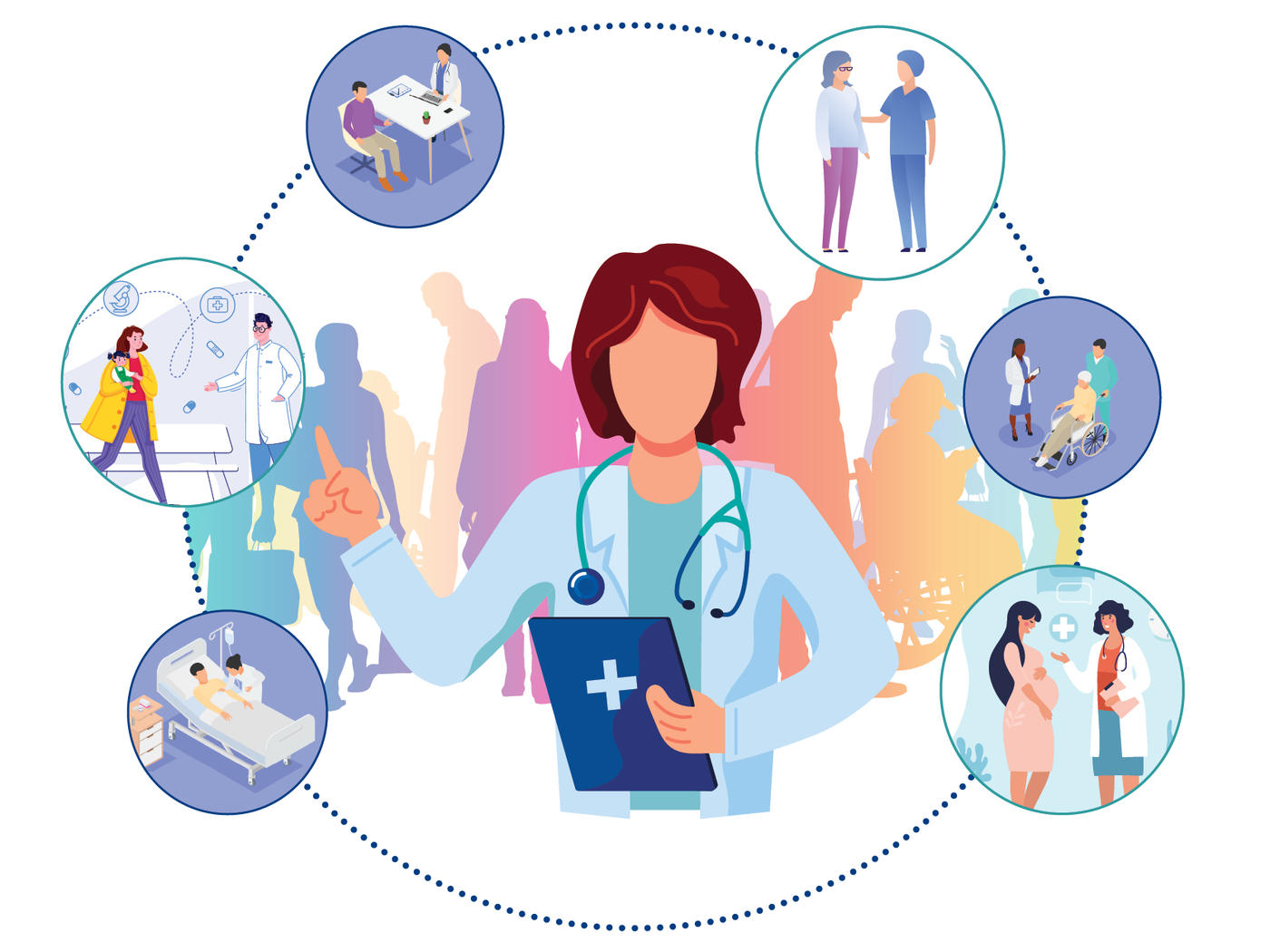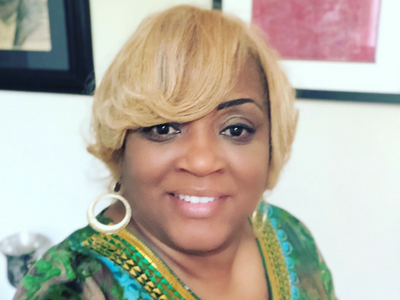Featured
Tags
Share
- Home / Blog / Nursing Today / Sexual-Assault Victims Need to Visit the Emergency Room Despite COVID-19
Sexual-Assault Victims Need to Visit the Emergency Room Despite COVID-19
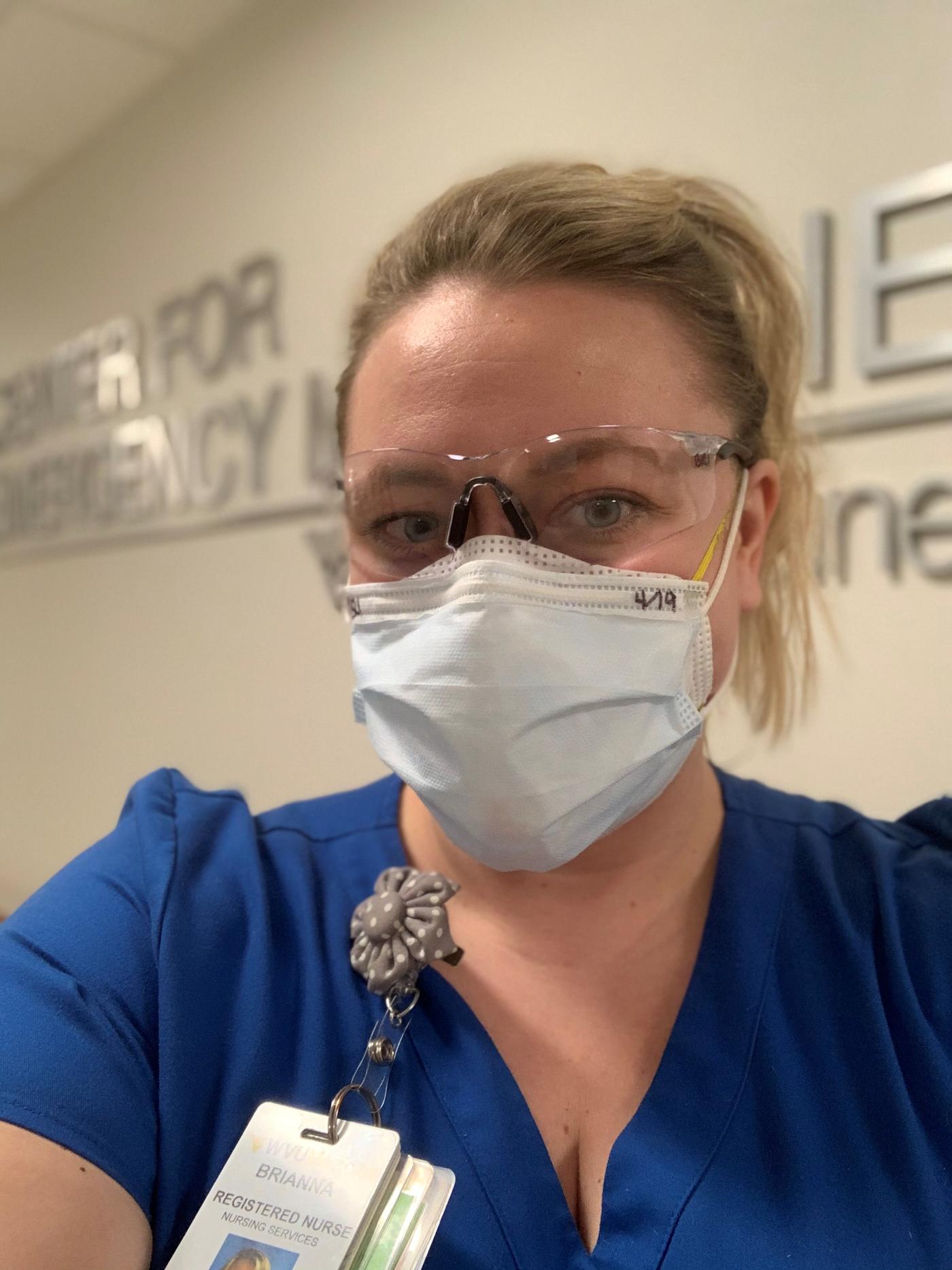
The coronavirus may have sparked a painful awareness of social etiquette and defining the seriousness of health symptoms but it has also instilled fear for sexual assault victims who are suffering true emergency situations and afraid to get help. Chamberlain University Master of Science in Nursing degree program alumna Brianna Locante, MSN, RN, SANE, reminds those affected about the criticality of ensuring their voices are heard.
“There is definitely a decrease in sexual-assault cases—both adult and pediatric—in our area,” said the sexual assault nurse examiner (SANE) and charge nurse in the trauma center at J.W. Ruby Memorial Hospital in West Virginia. “At the beginning of the year, there was a really high number of pediatric cases and since the implementation of restrictions to hospitals, we’ve really seen a decrease in the amount of sexual-assault cases but that’s not because it isn’t happening.”
In fact, the strict at-home policies may be worsening the situation for those under attack. “It’s important for everyone to understand that this is a true emergency. It’s different than those who are actively dying or will soon die,” she said referencing the COVID-19 virus that has unhinged the global healthcare market.
Stay Safe
“There are domestic violence and sexual-assault cases that are very unpredictable. It may seem like it’s ok now and then a day or two later, it escalates very quickly. If you feel like your safety is at risk, that is an ember—and we want to see you right away. We want to take care of you now.”
Trained to provide comprehensive care to sexual-assault victims, Brianna completes kits used for evidence and collection. She has examined multitudes of victims—from one-week old to adolescent age to geriatric, male and female—and spends about 30 hours each month on SANE cases.
Brianna’s other roles include supervising nurses and providing bedside care as well as teaching at Fairmont State University School of Nursing. As an assistant professor, she instructs students enrolled in the associate degree in nursing program about complex and critical care, pharmacology and leadership.
“I was a student who struggled in the classroom setting but really excelled in the clinical setting. So when I moved to nurse education, my goal was to find students who had potential and be the type of instructor to push them into the right direction and help them find the correlation between class and clinical.”
Clinician and Instructor
Thanks to a great support system at home, the mom of a toddler can stay immersed in two fulfilling roles. “I don’t want to give up being in a clinical setting on the floor because it’s important for educators to be actively involved in practice so they can be great educators and bring that experience and knowledge into the classroom setting.”
When COVID-19 changed the dynamics of learning, Brianna admits she struggled with the switch to virtual. “Nursing as a basis is a people-oriented, face-to-face contact profession so I now have to find creative and innovative ways to relay information that stays exciting and keeps students motivated during a time that’s extremely stressful.”
Many of Brianna’s students do not follow the typical college-student demographic—they are serving on the front lines, caring for loved ones at home and have children to homeschool. To pique their interest, Brianna has varied from the norm, creating her own videos and utilizing team meetings and virtual diagram boards. She’s also recording sections of her lecture for the last unit—ironically, emergency and disaster management—in bite-sized pieces so students can replay specific topics that may require more time. And she’s allowing more flexibility, offering alternative test times that better correlate with children’s bedtimes. “They don’t have to be present in order to be engaged.”
Bonding Together to Provide Care
While the COVID-19 takeover has created an anxiety-filled nursing floor, Brianna said it’s also brought the team closer together to provide better care. “The hardest part is that we don’t know how to fix it and then the healthcare members feel such a sense of defeat. That’s probably the most disheartening thing. But we’re in this together.”
Relocating to West Virginia three years ago from Pittsburgh, Brianna said she loves the area especially given her allegiance to collegiate and pro sports. But, she’s quick to express extreme disappointment over the cancellation of this year’s college basketball tournament. “We usually take off three days at the beginning of March Madness every year to watch the games. We’ve been doing this for the last eight years,” she laughs. “Now we even send our daughter to daycare so we can be all in.”
For those eager to resume social activities, Brianna offer some advice: “If nurses tell you to stay home and stay safe, you should take note of that. We’re behind enemy lines and taking care of patients and there is so much we don’t know yet. I know it’s hard to see the positives when there are so many obstacles. It’s important to shine the light on what’s truly important right now—your ability to spend time with the people you love.”
By Heather L Hurtado
More from Nursing Today
Request More Information
To receive the Chamberlain University Program Guide, including associated career paths, please select a program of study.



